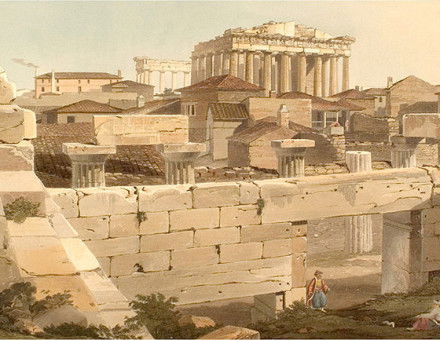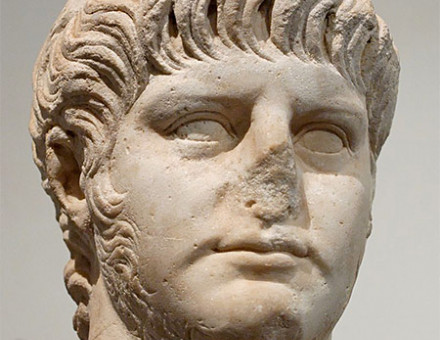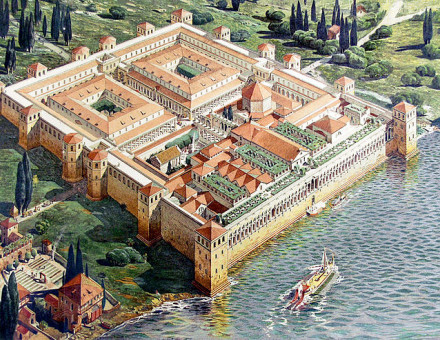The Parthenon
Today a ‘beautiful but broken shell’, the Parthenon has housed three very different cults – those of Athena, Allah and the Blessed Virgin – since it was first constructed in the fifth century BC. It was a Christian soldier, in the siege of 1687, who did most to destroy the sanctuary.





